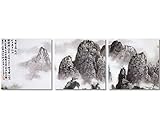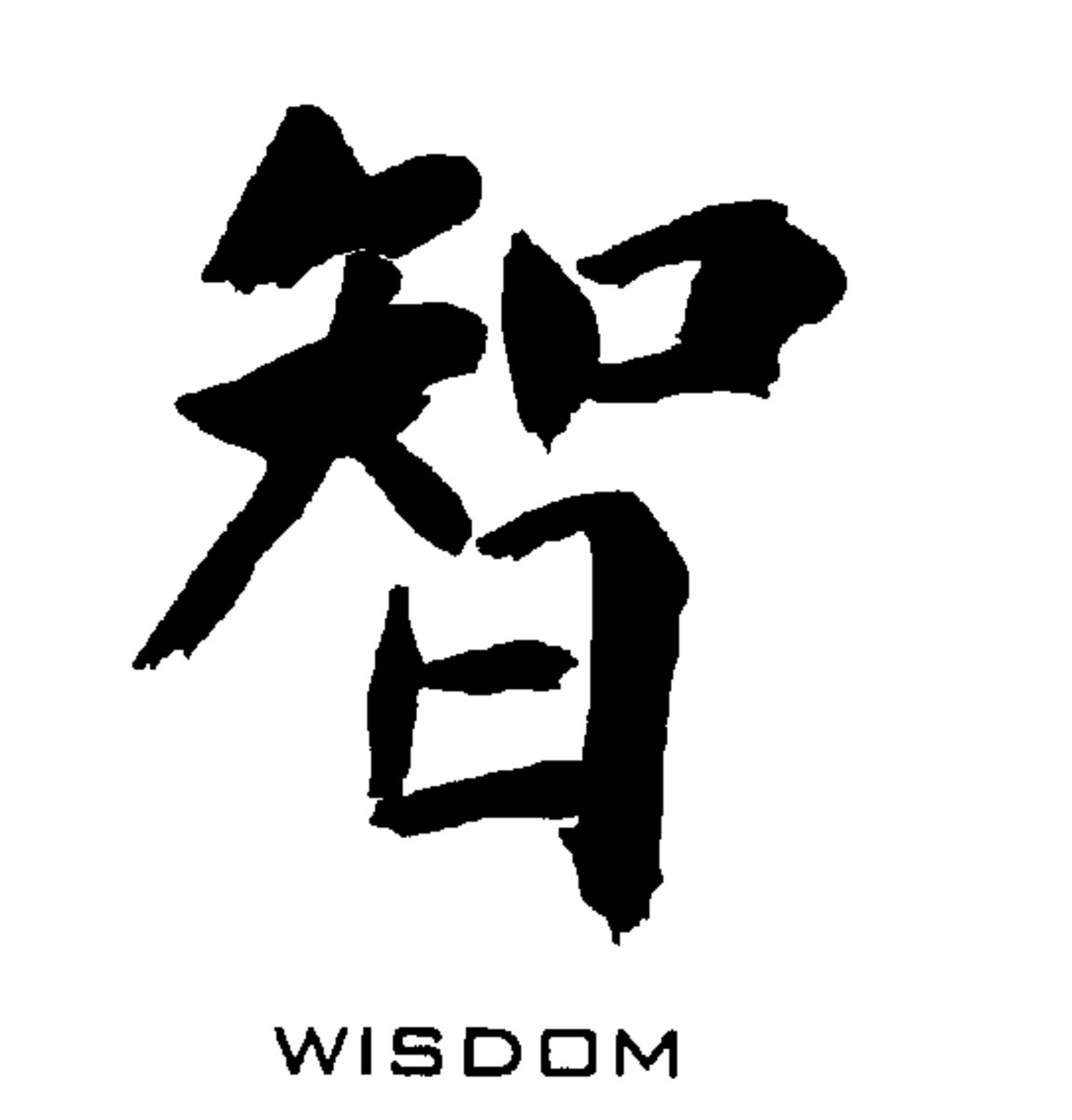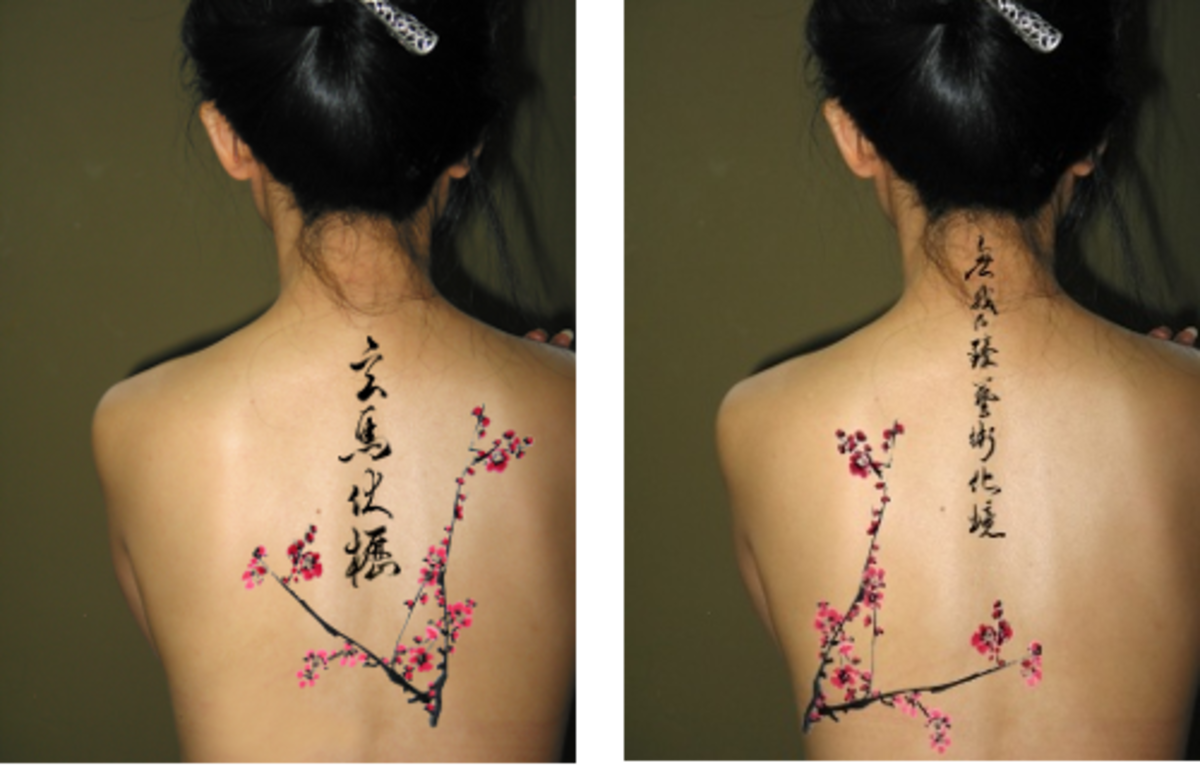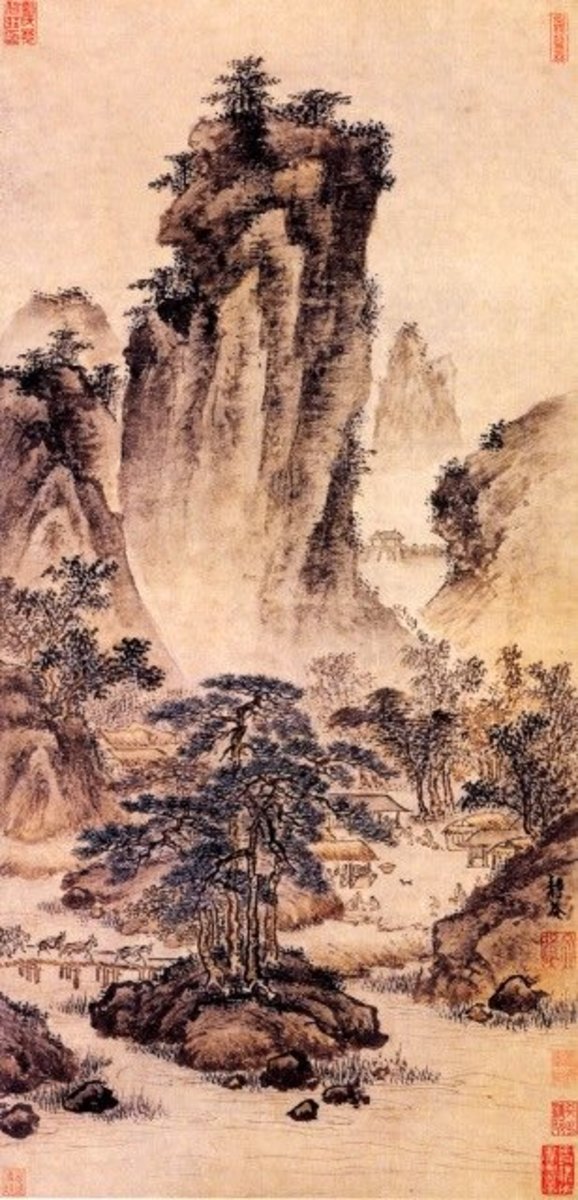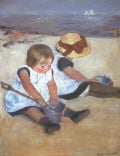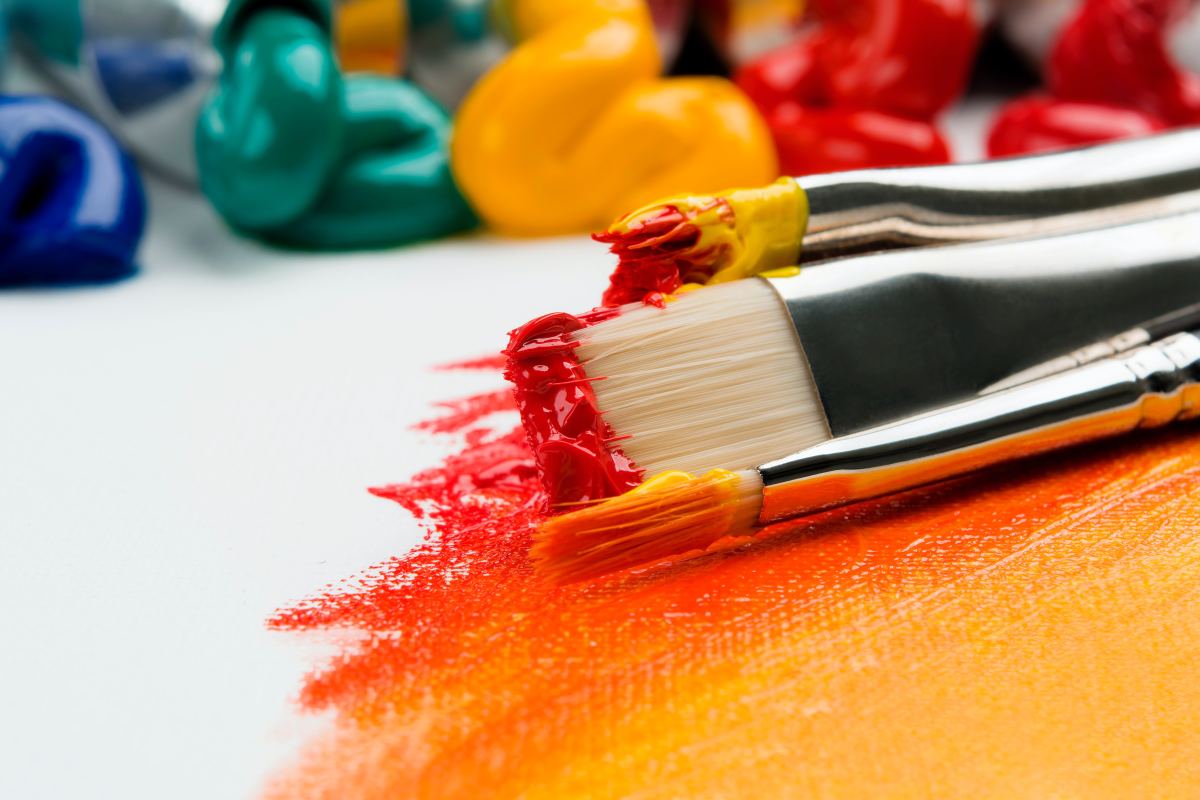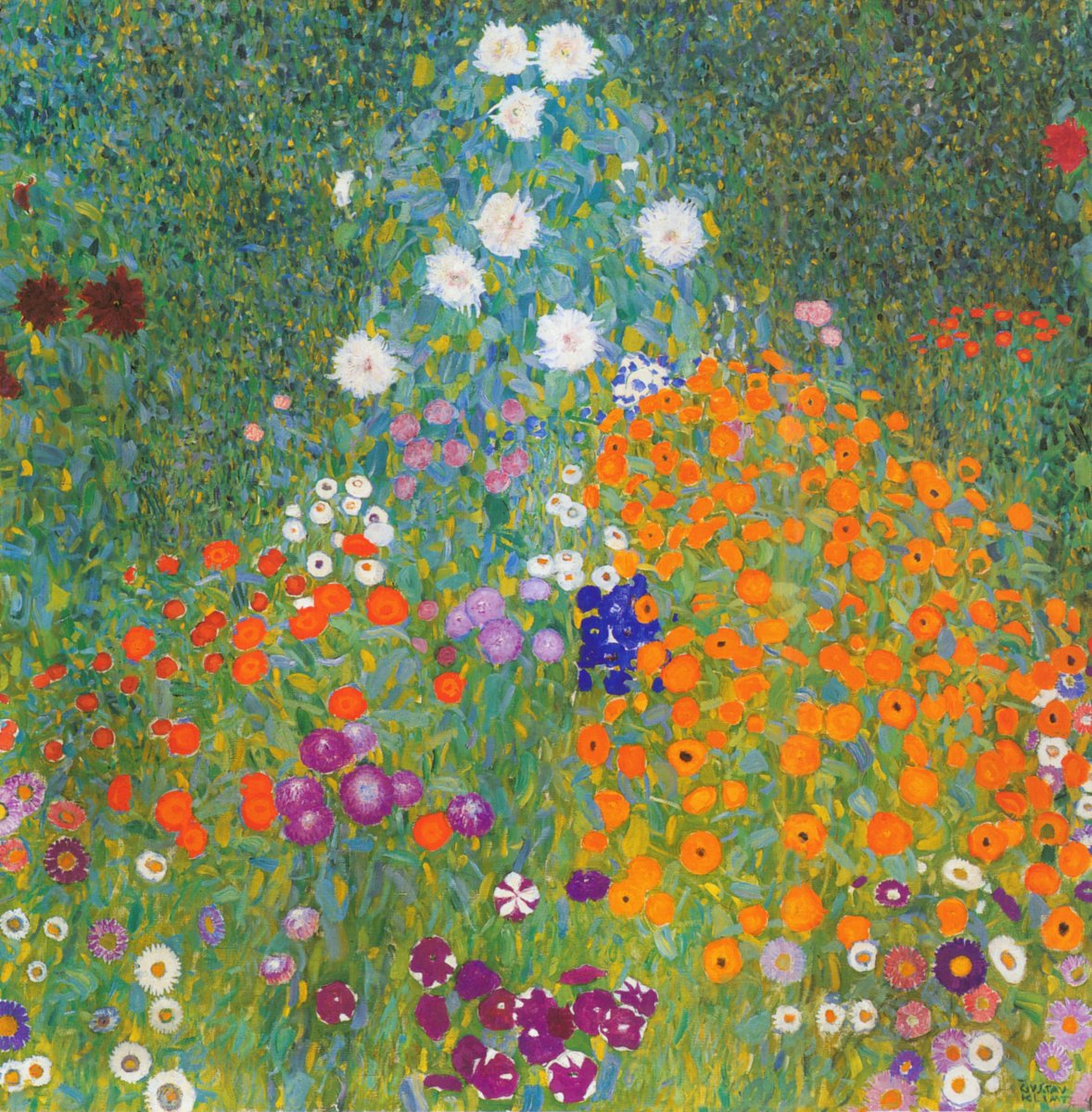Special Traits of Chinese Painting
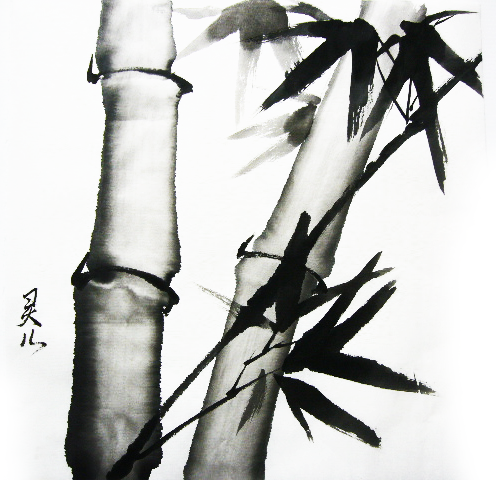
It is important in painting that the brush is present beyond the brush, the ink - beyong the ink, and the meaning beyond the conception. - Pan Tianshou (1897 - 1971)
Chinese historians state that Chinese paintings root in patterns and images of animals and people on painted ceramics that dates back to 3000 - 4000 B.C.
From the beginning of the Chinese painting images were created with the help of linear drawing. It is still one of the distinguishing traits of the Chinese painting compared to European traditions. When you look at water colours by European artists you may not notice lines at all. In Chinese painting rare are the artists who would omit lines.
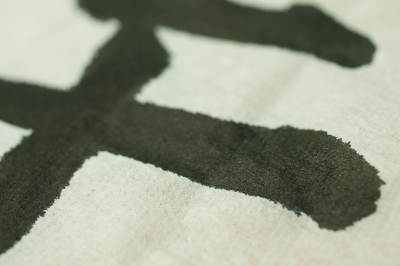
Chinese Calligraphy and Painting Connexion
By contrast to European art, in China calligraphy and water colours come hand in hand. Both calligraphers and artists use the same set of instruments: a brush, soft pore paper made of hemp or bamboo fiber and Chinese ink. They both use the same linear way of drawing. In European calligraphy and painting there is no such connexion. Western artists are either painters or calligraphers.
There is so much in common between Chinese calligraphy and painting that they are considered sister arts. Developing in stylistic unity they advance each other mutually. In China artists are good calligraphers and very often poets which is nearly unthinkable in the West.
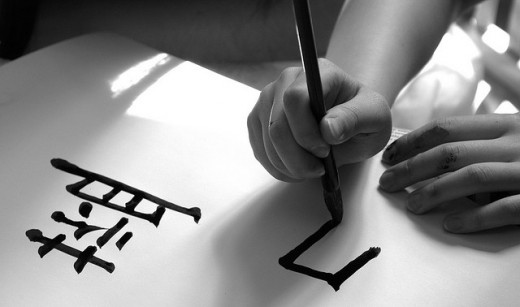
How would you characterize Chinese art?
Art of the Line
Chinese artists have created the most beautiful works of art with the help of simple lines. Firm, light, fluent lines capture an image, and each line shows the artist's mood. This kind of mastery is related to the brush technique that was perfected during centuries.
If you don't realize the relationship between calligraphy and painting you will hardly be able to appreciate the artistic effect of a drawing.
The ink used in Chinese calligraphy is not the same as in Europe. It is a high quality ink with distinctive black shine. The ink by itself is a precious work of art in China. Line ink pattern is the basic of any painting. Ancient artists used to make contours with the help of ink and asked their students to apply colours to it.
There are pictures made only with ink and water. Some artists created beautiful paintings with lots of hues of black colour.
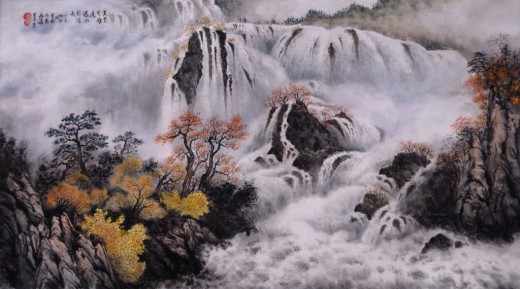
The Language of Chinese Painting
Chinese painting has its own symbolic language that has developed through hundreds of years. Plants symbolize the four seasons while the Moon and a candle burning in the dark refer to dark of the night. This kind of painting is rarely related to weather or any time of the day.
The plum blossom is winter. Sometimes an artist may write a poetic line to intensify the viewer's association. "Light fragrance dissolves in the moonlight" will demonstrate the time of the day.
Genres and Styles of Chinese Painting
In Chinese painting certain genres have developed: mountain-and-water landscape, bird-and-flower painting, portraits and animals' pictures.
Some artists are skillful in mountain-and-water landscapes but are laity in other forms of painting. Very often as an artist dedicates himself to one genre of painting, he would not go for another. Moreover, those who pick a bird-and-flower theme, would often prefer to show only a plum flower or a bamboo stem.
This kind of narrow specification is a rare thing in European painting. Its advantage is that an artist can penetrate deeper into the subject and attain bigger mastery in its realization. The famous Chinese artist of the 18th century Zheng Banqiao only painted stones, bamboo and orchids.
There are two styles in Chinese painting: gongbi and seii. Gongbi is a very precise and detailed manner of drawing. You can count hair on an old man's beard in these pictures. Seii is a free style of painting with a think brush. Artists who paint in seii style try to transmit the essence of the image rather than its resemblance with the real object. These two styles are old and complementary to each other.
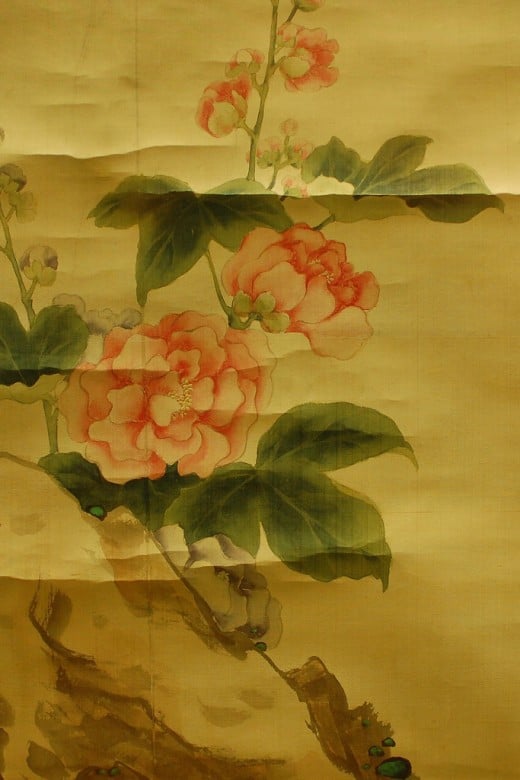
Scroll Painting
Scroll painting is a unique form of Chinese art. Painted scrolls are attached to a wooden stick and rolled up into a special case. At a given moment they are unrolled and hung on a wall. This is a very convenient way of keeping paintings, especially for someone who collects them.
Allegories in Chinese Painting
Very often Chinese poets personify nature. Thus a plum blossom has become a symbol of a proud and crystal clear person due to its capacity to withstand cold and bloom in winter. The same is true for a pine tree and a bamboo. Their pictures are signed "Three friends of a cold winter". If you add a chrysanthemum, the picture will be called "The four perfections".
A peony flower in Chinese folklore symbolizes human beauty as well as wealth and ceremonial. A magpie is associated with good news. Two lotus flowers on one stem and two ducks are a symbol of happy marriage. There are still more examples to be given. When finished with a poem and calligraphy, these paintings become highly allegorical and expressive.
© 2014 Anna Sidorova

